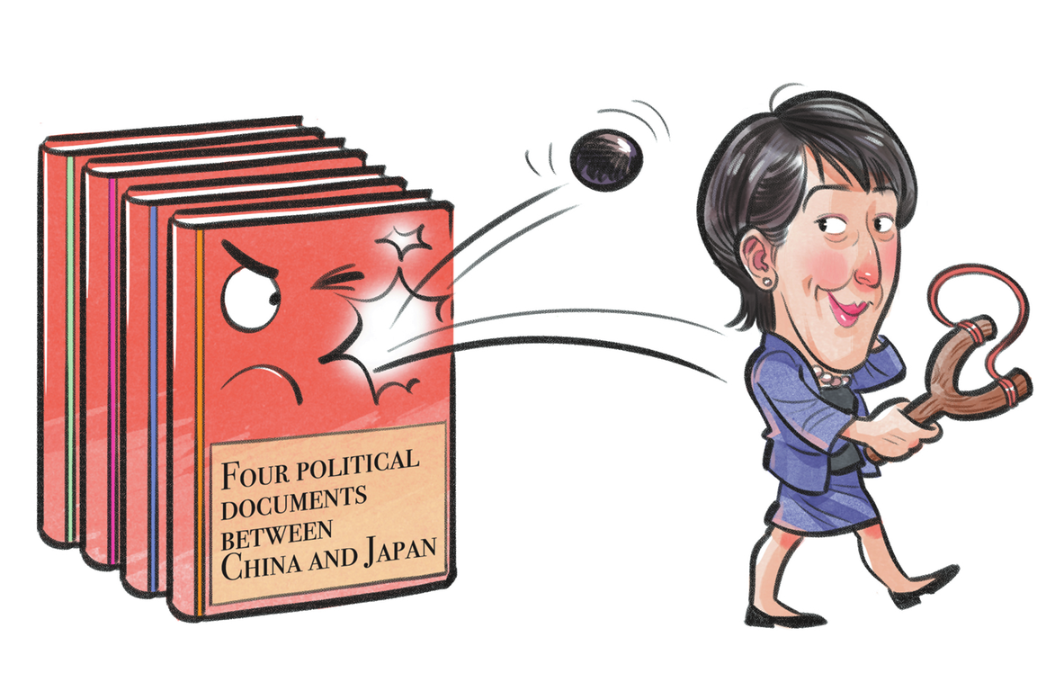Why China is becoming a real innovator


Now that it is the world's second-largest economy, the country relies even more on the role of innovation to sustain constant growth
Is China's leading number of patents just a case of quantity over quality? Not at all. In fact, China is increasingly bolstering the capacity for innovation and emerging as a genuine powerhouse in this field. China currently ranks the 11th out of 132 economies in the World Intellectual Property Organization's Global Innovation Index, in part due to its number of "invention patents", which are the highest quality among China's three classifications for patents.
In 2011, China surpassed the United States to become the country with the highest number of granted domestic invention patents, and in 2019 more than twice as many domestic invention patents were granted in China than in the US. Understandably, questions are being raised whether this explosive growth in Chinese patenting is truly indicative of improvement in the technological capabilities of Chinese innovators.
New findings from our recent research paper — Investigating the real effect of China's patent surge: New evidence from firm-level patent quality data — show that Chinese companies have established a positive feedback loop, whereby the R&D investments of a company pay off enough to fund even more innovation. Various economic indicators showed that overall innovation was having a positive impact on productivity in Chinese large- and medium-sized enterprises.
While acquiring patents is useful in general, much of the productivity improvement comes from patent quality instead of patent quantity. More precisely, approximately two-thirds of the contribution comes from highly cited or broadly protected patents. Therefore, it is essential for companies to focus more on nurturing high-quality patents rather than just accumulating them in large numbers.
A popular explanation for this innovation improvement is government policies in China, including nationwide innovation policies, which can influence both a company's patent stock and its productivity. Aside from top-down policies, characteristics of different industries may also be a factor. For example, tech companies may boost R&D spending to pursue emerging opportunities in the market, which may lead to increased productivity for a time. Nonetheless, a company's productivity increases as it accumulates patents.
To be specific, the growth in the stock of patent grants to Chinese large- and medium-sized enterprises between 2001 and 2013 implies an increase in output productivity of 16.9 percent. Enterprises should make continuous efforts to pursue quality patents, and multinational corporations or companies interested in the Chinese market should keep in mind that the patenting landscape in China has changed markedly since the early 2000s due to innovation in China delivering sustained progress, as opposed to China having to import innovation two decades ago.
However, China's utilization of R&D investments is not efficient. China's return on investment per RMB spent on R&D was lower compared to other countries such as the US, and the link between R&D spending and quality of patents has weakened in recent years. For example, when Chinese large- and medium-sized enterprises increase their R&D expenditure by 10 percent, there is an increase of 0.6 granted invention patents, whereas US companies can often expect an increase of almost 0.9 granted invention patents.
This may be in part due to China's economy being in transition — it is likely that Chinese companies have primarily focused their R&D efforts on incremental innovations to reduce the uncertainties of R&D investments. Indeed, a large proportion of Chinese companies do not seek invention patents in their earlier years (on average only 12 percent of Chinese large- and medium-sized enterprises between 2001 and 2010 filed for invention patents), and their R&D investments were aimed at generating utility patents, design patents, or new products instead.
China's patent growth mimicked the unbalanced economic growth pattern in China. Specifically, among the large- and medium-sized enterprises with R&D that applied for invention patents, there was a vast difference across industries and provinces over time. Between 2001 and 2010, the majority of invention patent applications were made by either large- and medium-sized enterprises in the high-technology industry (on average 66 percent) or those in China's eastern region (on average 89 percent).
Therefore, future growth areas for returns on R&D investments may emerge from industries that are currently underdeveloped yet crucial to building the innovation capacity of China. Innovators in China can potentially benefit from the unbalanced patenting landscape by investing in the underdeveloped industries that are essential for the "China for China "strategy.
During the relatively stable period from 1998 to 2013, the decline in the concentration of patenting activities no doubt changed as the Chinese economy was undergoing further transformations. As China has already grown to be the second largest economy in the world, future growth relies even more on the role of innovation to sustain constant growth. There are two issues enterprises without much innovation experience should pay attention to.
First, the importance of patent quality is beyond sheer quantity. In the past, all innovators in China could potentially receive support from the government. However, government subsidies for patents at the filing stage were terminated in June 2021. Moreover, China plans to stop all patent subsidies by 2025 to help shift its intellectual property focus from quantity to quality. To this end, the Guidelines for Building a Powerful Country with Intellectual Property Rights (2021-35) stresses the importance of high-value invention patents. Therefore, innovative companies are expected to benefit more from their quality innovations in the future in China.
Second, companies in China may focus on more incremental innovations to bolster their future revenues, and therefore be more inclined to invest in innovations that are not up to the standard of an invention patent. Policymakers may begin to consider policies that not only reward the companies that "made it", but also support the companies that have made constant efforts in innovation. Thus, entrant companies in China may also find a friendly environment in key strategic industries emphasized by the country.
Wu Howei is an assistant professor of economics at the China Europe International Business School. Lin Jia is an assistant professor at the Shanghai International College of Intellectual Property at Tongji University. The authors contributed this article to China Watch, a think tank powered by China Daily.
The views do not necessarily reflect those of China Daily.
Contact the editor at editor@chinawatch.cn.


































